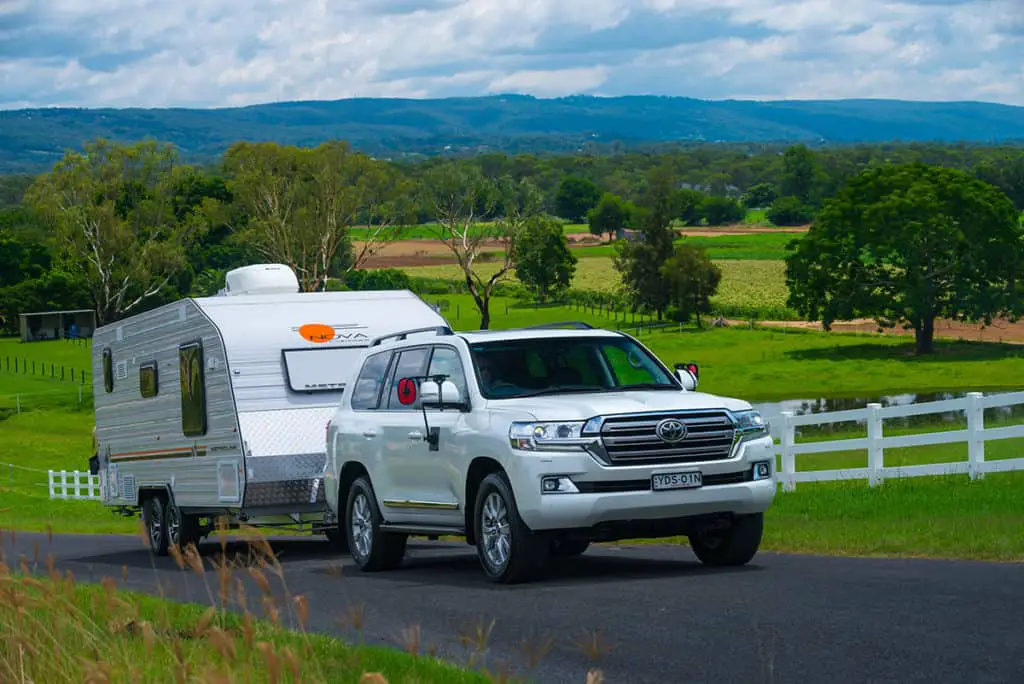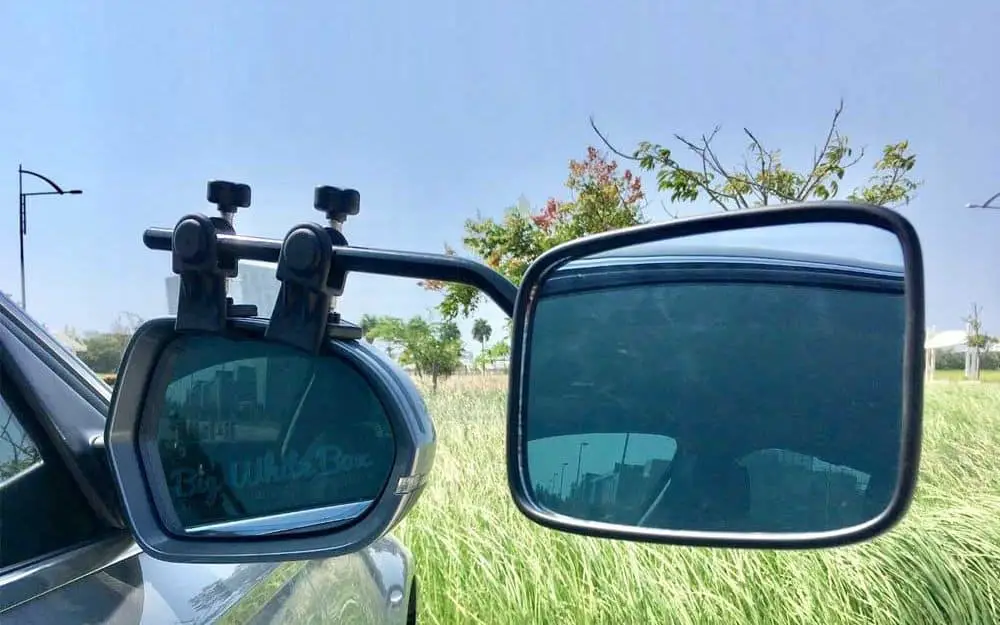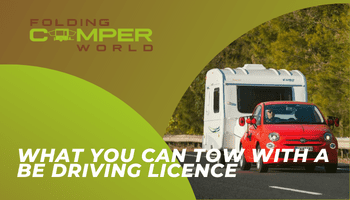If you’re thinking about investing in a caravan for your next getaway, one of the first things you should consider before purchasing one is its weight and if it will require a different category of driving licence. If you are a first-time caravan user, then it is recommended that you start with a reasonably lightweight caravan to allow you time to get used to towing. However, if you decide to go for a heavier caravan, then knowing the difference between each driving licence category and what you’re allowed to tow with your licence is essential. You were likely to be given a category B driving licence when you passed your driving test. This allows you to tow caravans as long as the vehicle and caravan’s total MAM (maximum authorised mass) is not more than 3,500kg.
In addition to the category B driving licence, many more are available that allow you to drive and tow different vehicles. As mentioned above, it is likely that you recurrently have the B category driving licence; however, if you upgrade to the BE licence category, then you can tow a caravan with a MAM of up to 3,500kg within the towing limits of the vehicle. In this blog post, I will look at the difference between a B and BE category licence to determine what you can tow with each one and outline what other categories of licences allow you to tow.
This blog post will discuss the following:
- Difference between B and BE licences
- Categories of driving licences
- What to do if you have a heavier caravan
- Caravan safety laws
Difference between B and BE licences

Category B and BE licences are pretty similar; the difference between them is how the weight is separated between the towing car and the caravan. The weight you can tow also depends on when you got your driving licence. Here’s what you can town with category B and BE licences.
Category B
If you passed before 1 January 1997, you can drive a vehicle and trailer with a maximum weight of up to 8,250kg. This means the weight of your car and the weight of your caravan combined. If you passed your driving test on or after 1 January 1997, you can drive vehicles with up to eight passenger seats or tow a caravan of up to 750kg. Either way, the maximum weight should not exceed 3,500kg.
Category BE
If you passed before 19 January 2013, you can tow any size trailer within the vehicle’s towing limits. If you passed on or after that date, you can drive a vehicle towing a caravan with a maximum weight of 3,500kg within the vehicle’s towing limits.
The difference between these two categories is that with category B, you can only tow a caravan of 750kg, ensuring that when this weight is added to the weight of your car, it is not heavier than 3,500kg. However, with category BE, your caravan can be of any size, as long as it is within the limits of what your car can tow and the combined weight doesn’t exceed 3,500kg. You are not legally allowed to exceed 3,500kg in combined weight with both these categories.
Categories of driving licences

In addition to B and BE, there are also many other different categories of driving licences that determine which vehicles you can tow and what their weights should be. As explained earlier, most people who have a driving licence for a car are likely to have the B category licence or the BE category licence. It’s also important to note that if your licence was issued before 19 January 2013, you can tow any size caravan within the towing limits of your vehicle, but if it was issued on or after 19 January 2013, you can tow a caravan with a MAM of up to 3,500kg within the towing limits of your vehicle.
The table below displays each driving licence category for cars, medium vehicles and large vehicles to see what each one entails. Please note that this information has been taken from Gov.UK and is accurate at the time of writing.
| Category | Rules |
|---|---|
| B1 | You can drive motor vehicles with four wheels up to 400kg unladen or 550kg if designed to carry goods. |
| B (passed before 1 January 1997) | You’re usually allowed to drive a vehicle and trailer combination up to 8,250kg MAM. View your driving licence information to check. You’re also allowed to drive a minibus with a trailer over 750kg MAM. |
| B (passed on or after 1 January 1997) | You can drive vehicles up to 3,500kg MAM with up to 8 passenger seats (with a trailer up to 750kg). You can also tow heavier trailers if the total MAM of the vehicle and trailer is not more than 3,500kg. |
| B auto | You can drive a category B vehicle – but only an automatic one. |
| BE | You can drive a vehicle with a MAM of 3,500kg with a trailer. The size of the trailer depends on the BE’ valid from’ date shown on your licence. If the date is: – before 19 January 2013, you can tow any size trailer within the towing limits of the vehicle – on or after 19 January 2013, you can tow a trailer with a MAM of up to 3,500kg within the towing limits of the vehicle |
| C1 | You can drive vehicles between 3,500 and 7,500kg MAM (with a trailer up to 750kg). |
| C1E | You can drive C1 category vehicles with a trailer over 750kg. The combined MAM of both cannot exceed 12,000kg. |
| C | You can drive vehicles over 3,500kg (with a trailer up to 750kg MAM). |
| CE | You can drive category C vehicles with a trailer over 750kg. |
What to do if you have a heavier caravan

Although most caravans do weigh less than 3,500kg when combined with the weight of most cars, if you have a particularly large caravan that is a lot heavier than this, then it may be worth considering a C1 or C1E category licence.
To find out whether it is worth getting a C1 or C1E licence, I used the Practical Caravan online forum and asked caravan users what they thought about it. The responses I got on this post explained that you cannot tow heavier vehicles with a category B or BE licence; however, you can apply for a category C1 or C1E licence, which allows you to drive and tow more weight. They recommended getting a C1 and C1E licence, but only if you require the extra weight of a bigger caravan or if you want to drive a motorhome instead of a caravan. As explained in the table above, a C category licence means you can drive vehicles over 3,500kg with a trailer up to 750kg MAM. A C1E category licence allows you to drive category C vehicles with a trailer that weighs over 750kg.
If you want to apply for a C1 or a C1E licence, follow the steps below to be allowed to legally drive vehicles and caravans with a combined weight of up to 12,000kg MAM:
Caravan safety laws

In addition, to ensuring you have the correct driving licence category for your caravan, there are a few other laws that you should be aware of before you begin towing your caravan. These laws are about your towing mirrors, tow bars, and driving speed. Here are some key things that need to be considered to follow these laws.
Tow mirrors
Tow mirrors need to be attached to your car’s wing mirrors to allow you to see past your caravan. It’s essential to have these as they offer more sight around your caravan. Towing without these mirrors can lead to a £1,000 fine and three points on your driving licence.
Tow bars/balls
One thing that people tend to forget when considering the total weight they are towing is that tow bars have their weight limits. If you are towing a caravan that exceeds the limits of your tow bar, it can lead to severe damages and even accidents. This is why it’s so important to check the manufactures instructions to ensure that it doesn’t exceed the limit of your towing car.
Driving speed
When towing a trailer, it’s even more important to ensure you follow speed laws. On single carriageways, your maximum speed should be 50mph, whereas, on a dual carriageway or a motorway, the maximum speed should be 60mph. Please note that it is illegal to tow a caravan on the outside lanes of a motorway.


